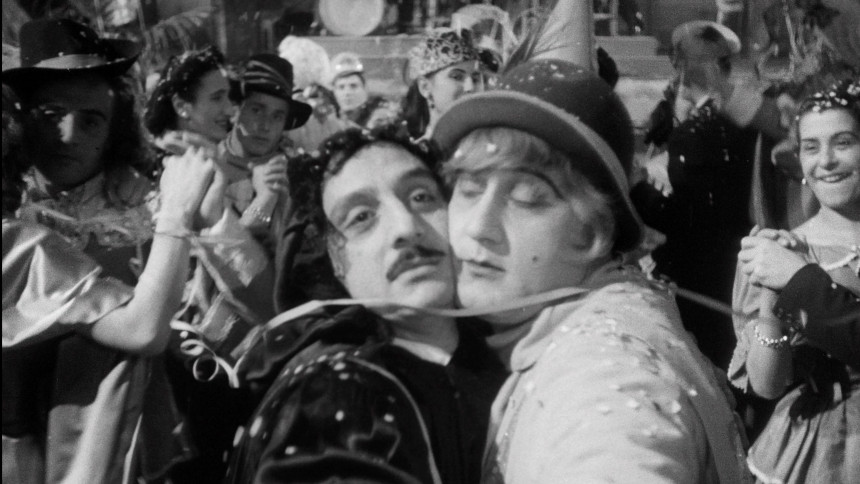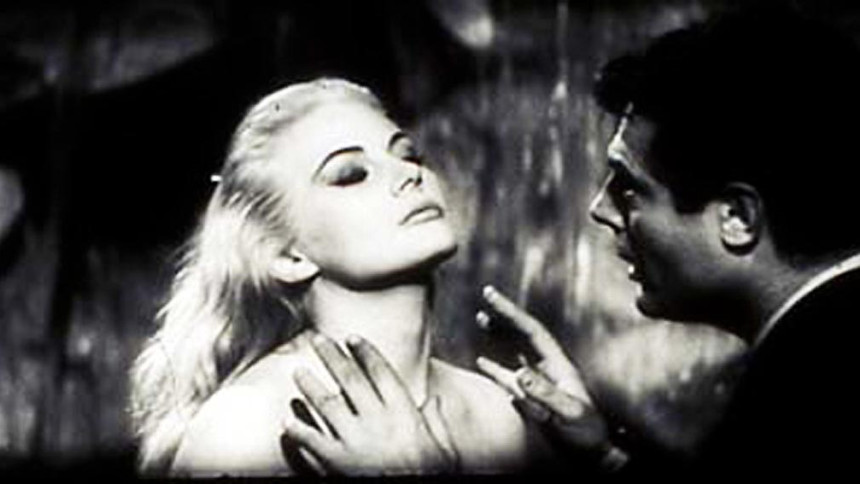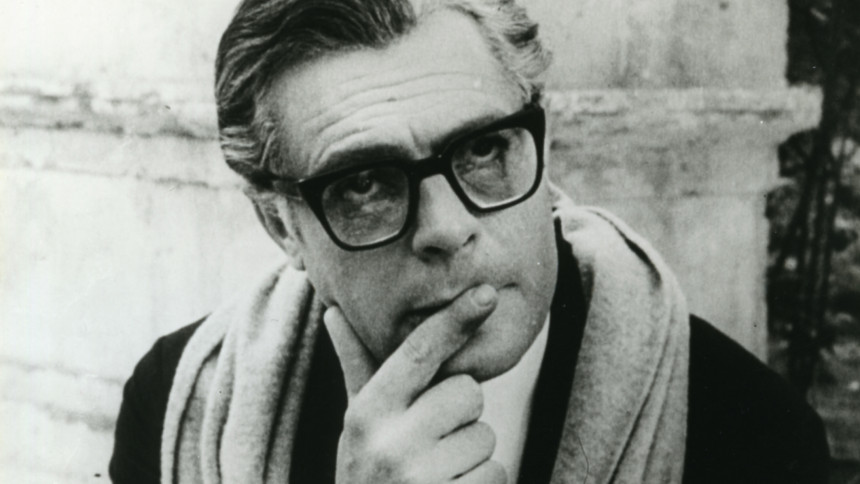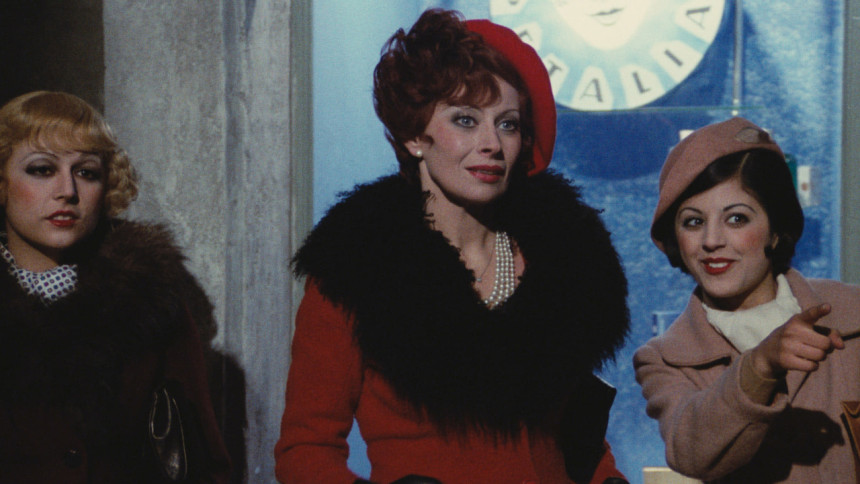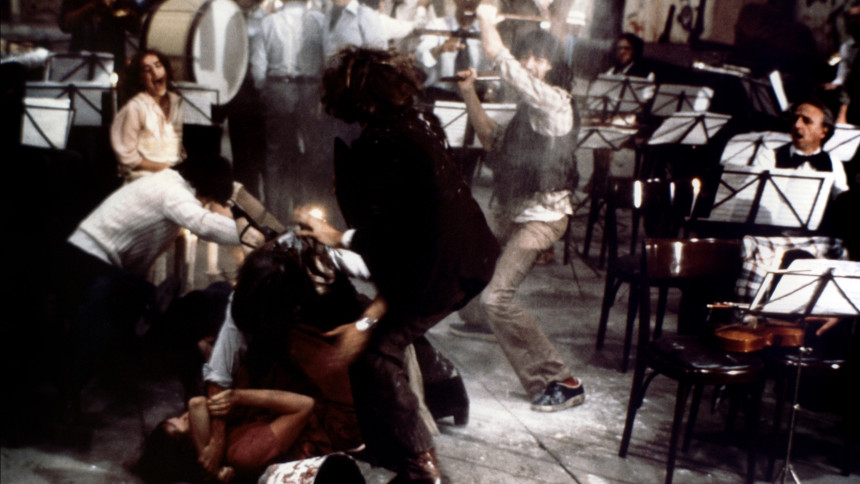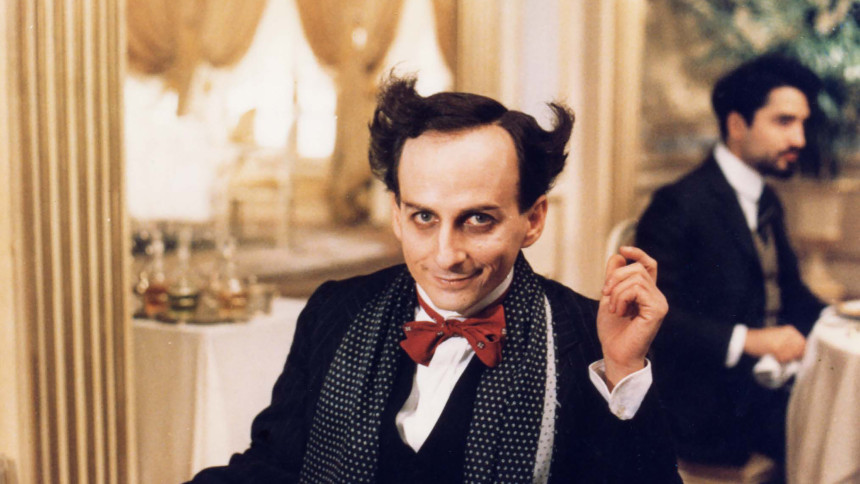Federico Fellini
Screening of restored prints
In the presence of Christophe Honoré, Jean Gili, critic, historian and author of the book Fellini: le magicien du réel, Eugenio Renzi et Christian Viviani, critics and Gian Luca Farinelli, director of the Cineteca di Bologna
In partnership with Cinecittà
Multi-award winning filmmaker Federico Fellini, considered an absolute master of cinema during his lifetime, was able to surpass himself by inventing a unique and personal art form on which Martin Scorsese wrote: “All you have to do (...) to say “Fellinian” is to conjure up clowns, bulging women, crowds of costumed clerics and parties, the face of Marcello Mastroianni or Giulietta Masina. So that our ears can hear a melody by Nino Rota, the wind, the sound of a sea in winter, lost cries, monstrous laughter. To evoke a delicate sense of melancholy, of memory and childhood, of the strange and the bizarre.”
At the age of 19, Federico Fellini moved to Rome and began a career as a cartoonist for popular Italian newspapers. Far from being anecdotal, this first profession established his taste for the grotesque inspired by reality. He opened a small shop where passers-by could have their portraits drawn. For Fellini, the world then became a permanent parade of faces and situations. Six years later, he had his first screenwriting contracts and collaborated on important Italian films with Roberto Rossellini, Pietro Germi and Alberto Lattuada. It was with Alberto Lattuada, in 1951, that he co-signed Les Feux du music-hall, his “semi” first film. One more foot in neo-realism, this portrayal of post-war Italy proved to be very personal for Fellini and already revealed a complex vision of the world that would blossom in the works to come.
It is well known that the maestro’s career functions in two stages. There is the first part of the work up to La Dolce Vita in 1960, which breaks definitively with neo-realism, and then the second from 8½ in 1963, which plunges into introspection. Fellini was then in search of a form of writing capable of capturing an inner feeling between memory and the unconscious. He confided to Simenon (with whom he kept up a regular correspondence) that he was now building his sequences on “visions”. In Roma, memories and scenes of pure fantasy mingle with other elements showing a permanent attention to limbo: whether it be extraordinary bodies, crowded motorways, contrasts between the ancient and the modern.
As American novelist Gore Vidal says in the same film, “Rome is the best place to wait for the Apocalypse”. In his first period, Fellini shows us individuals on the verge of shipwreck (like his group of young thirty-somethings lost in I vitelloni in 1953) and then it is the whole of Rome that is decadent in La Dolce Vita. However, the films are not dark, but, on the contrary, luminous. As if Fellini was telling us that everything was saved if, in the midst of collapse, it was possible to keep your conscience. Often, a character stands out from the human magma, especially after a party scene, forced to face himself. This is the case of Marcello (Mastroianni) who wanders through the Roman upper middle class of La Dolce Vita.
105 years after his birth, we should return to the abundance of Fellini and his films which have no borders between dream, imagination and reality. The Premiers Plans Festival will be offering restored copies of eight titles, all of which are astonishingly inventive in terms of both form and narrative.

